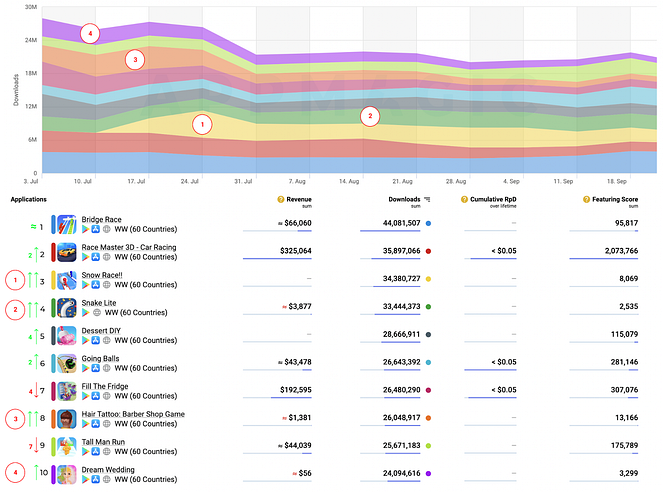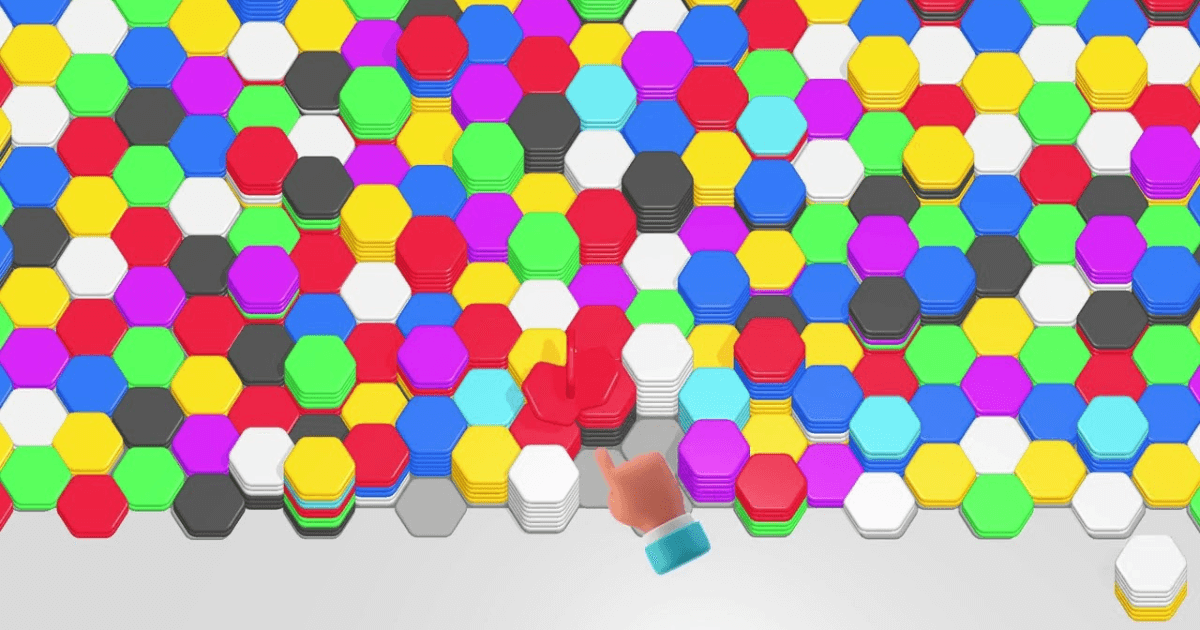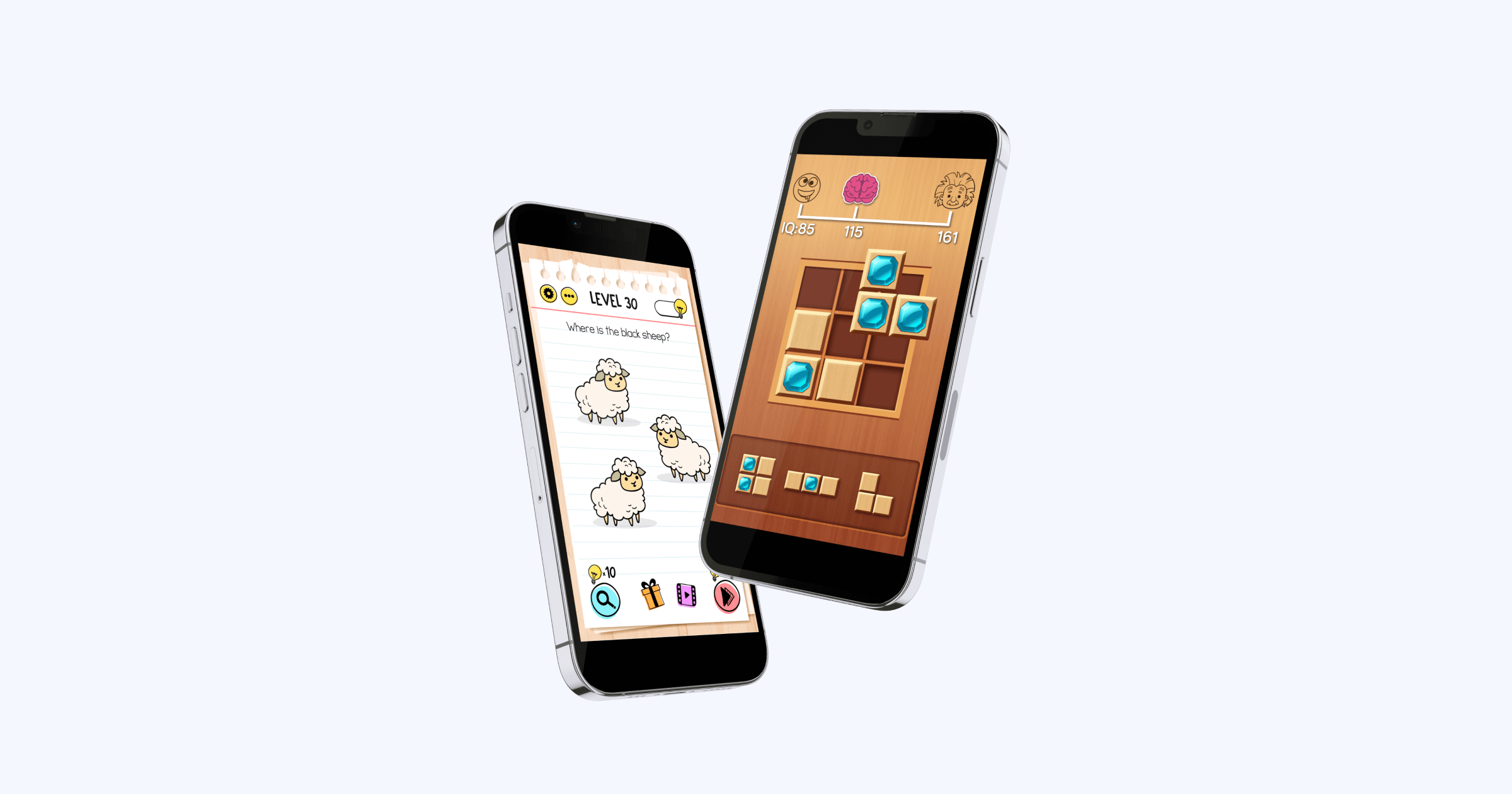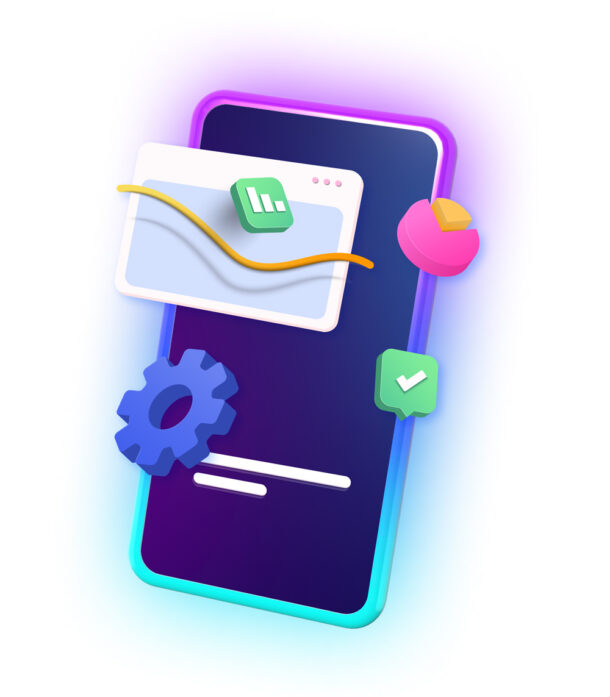Learn from your mistakes, they say. This well-known phrase is good advice, but here’s something even better.
Take note of other people’s mistakes.
If you avoid making mistakes in the first place, you’re saving yourself, time, money, and resources.
If you’re a hyper-casual developer or you’re looking to become one, this is something you need to be aware of. To help you do better, we’re bringing you a list of common hyper-casual game dev mistakes.
Mistake #1: Starting Out too Ambitiously
You’ve come up with an idea for a game, and you strongly believe in its potential to become the world’s greatest game.
Watch out — you might be in over your head.
Whenever you come up with an idea, the first thing you need to ask yourself is if it’s doable. Developers frequently get carried away with innovative ideas no one has ever used and want to disrupt the market.
As it usually turns out, the reason they haven’t been used is that they are too difficult to implement.
Mistake #2: Complicating the Prototype
Some developers believe that, in order to test their game for the first time, everything must be polished and completed. They don’t even realize they are making one of the most frequent hyper-casual game dev mistakes.
In reality, all you need for the initial test is a minimum viable product.
The point of hyper-casual prototype testing is to see how the market will respond to your game’s concept. Upon this test, you’ll know whether it makes sense to continue working on it. Only once you have a positive answer to this question, it’s time to jump to fine-tuning.
Mistake #3: Underestimating the Power of Trends

Hyper-casual market in Q3 2022. Source: AppMagic
The hyper-casual market is fueled by trends.
At all times, certain mechanics and themes dominate the top charts. For example, right now, hyper-casual racing games are pretty hot. Another trend is arcade idle games which grew by 2050% in just over a year.
Launching a game at the right time plays a huge role in how the users will respond to it. For this reason, it’s a grave error not to do market research.
You can keep track of this by simply analyzing the top charts in the app stores. If you’re not on a tight budget you can also consider investing in different market research tools like Data.ai and Sensor Tower, or GameIntel.
Mistake #4: Being a Complete Copycat
Staying on top of trends is desirable.
Then again, making clone games is a big fat no.
There is a fine line between these two approaches, but the difference is huge.
The app stores are filled with games that are very similar to existing games, especially Google Play. They have been battling the problem for years by removing these games. However, just a simple search for some popular games will show that the clone problem has not been resolved.
These games don’t have the potential to become great hits, because users usually know the original games they are made upon.
Instead of copy-pasting a game, think about how you can differentiate and improve on existing concepts. While you can borrow the mechanic from a popular game, be playful with other elements like UI, theme, and ad placements.
This is one of the most obvious and hated hyper-casual game dev mistakes, but some developers still do it.
Mistake #5: Focusing on Details Over Gameplay
You want your game to look nice, we get it.
But be careful — this can lead you into the trap of making one of the most common hyper-casual game dev mistakes.
In the early stages of game creation, some developers get carried away with its glitz and glamor. For example, they focus on things like monetization details, rewards & assets appearance, and other features that aren’t important for the core game.
What’s so wrong with this?
None of this matters if the core gameplay isn’t engaging.
When it comes to design and features, in hyper-casual games, less is usually more. A good hyper-casual concept should work regardless of these details. If you want to polish them, this is something that you should do later in the process.
For this reason, in this early phase, you should be focusing on gameplay and mechanics — these two factors have the power to make or break a game. Therefore, we advise you to spend more time polishing controls and the overall gaming experience.
Because, if the game’s not fun, why bother?
Mistake #6: Failing to Balance Level Difficulty

Hyper-casual games should be easy to play, yet difficult enough to keep players engaged.
Many struggle to achieve this balance.
For example, some developers focus on making their games exciting and challenging so much that they go overboard.
If you make the game’s initial levels too challenging, this might scare players away and make them feel self-conscious. If it takes a player more than 15 minutes to complete a challenge, they might never return to it.
Then again, the opposite extreme is not good either.
A game that is too easy doesn’t provide players with a challenge. They will have no sense of accomplishment and will quickly churn.
The right way to do this?
It’s important to make the first level almost impossible to fail. By doing this, you teach the players how to win in the first seconds of the game. Upon that, you can gradually increase the level difficulty. Also, every now and then, among difficult levels, include an easier, “relief level”.
Mistake #7: Neglecting Onboarding
Hyper-casual games are known for requiring little to no onboarding.
Some games are so straightforward they don’t even need it, while others should give players some guidance.
One of the most common hyper-casual game dev mistakes is ignoring onboarding when players actually need it.
If testing shows you that you lose a lot of players within the first minute, it’s possible that your onboarding process is confusing.
If this is the case, introduce a simple tutorial. For example, show players how to play with arrows, pointing hands, or other symbols. You should avoid text, but if it’s necessary, keep it extremely short.
Mistake #8: Killing a Potentially Successful Game
Just like it’s wrong to fall in love with your own games, it’s also wrong to kill them off too easily.
Here’s the deal.
When testing a hyper-casual prototype, you’ll track KPIs like CPI, D0 playtime, D1, and D7 retention. If you work with a publisher, they probably have strict benchmarks for all of these metrics.
Sometimes, it will happen that your game does well in three out of four KPIs. In this case, some publishers will ask you to abandon the game.
At Ciao Games, MAF’s publishing branch, we don’t work like that. Even though we put a lot of trust into data, if we see a game has room for improvement, we’ll do our best to help you get there.
The moral of the story — if your gut and most of the KPIs tell you not to kill the game right away, don’t always assume the publisher is right.
Hyper-Casual Game Dev Mistakes: Final Thoughts
Were you aware of these common hyper-casual mistakes? Is there anything you would add to the list?
From a publisher’s perspective, this is just a part of a lengthy list of mistakes indie developers make. If you want to save yourself the trouble and start on the right track — reach out to us!
We can help you in all the stages of game development — from researching the market to developing and tweaking your game.







